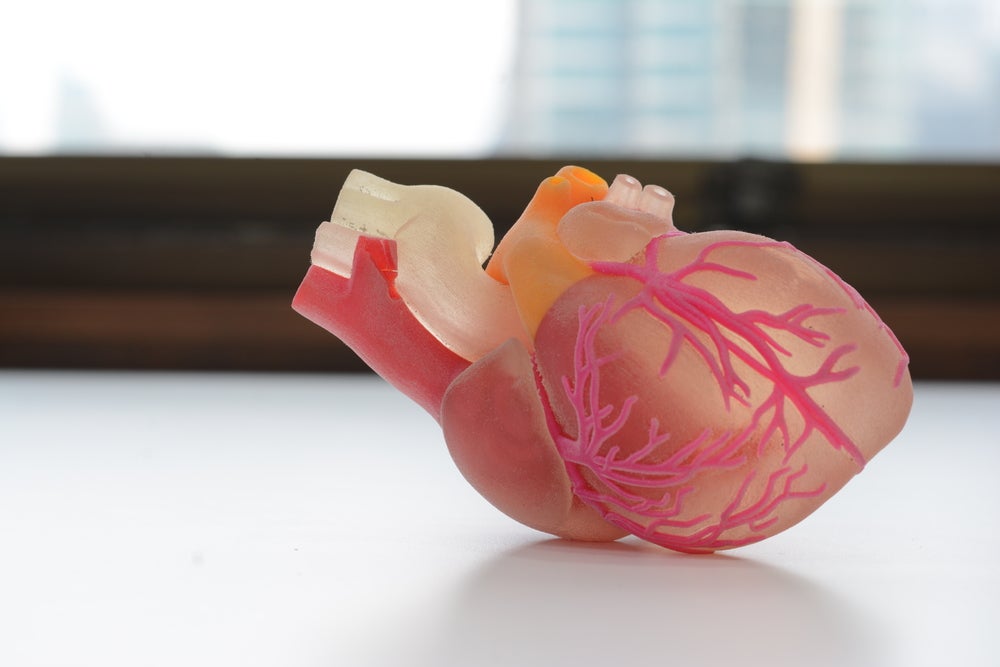As we enter the new year, notable advancements in the field of medicine are unfolding. In 2024, a significant breakthrough is taking place as 3D-printing technology progresses to create fully functional human organs. This pivotal achievement has the potential to revolutionise organ transplantation in the field of medicine, providing hope to patients worldwide currently awaiting life-saving procedures.
Experts in the field are utilising cutting-edge 3D-printing technology to successfully produce complex functional organs with exceptional precision. This progress aims to address the persistent shortage of donor organs, ultimately reducing transplant waiting times and offering a lifeline to numerous individuals in need.
A new era in regenerative medicine
The driving force behind this medical milestone is a collaborative effort between leading research institutions, healthcare organisations and technology pioneers. By leveraging the latest advancements in 3D bioprinting, scientists have been able to create organs that closely mimic the structure and functionality of natural organs. This breakthrough includes the successful 3D-printing of hearts, kidneys, livers and other vital organs, opening a new era in regenerative medicine.
One of the significant advantages of 3D-printed organs is the ability to tailor them to meet the unique anatomical and physiological requirements of individual patients. This personalisation not only enhances compatibility but also mitigates the risk of rejection, a common challenge faced by recipients of organ transplants. The efficient production process enables rapid manufacture, potentially eliminating the need for prolonged waiting periods associated with traditional organ transplants.
Need for donor organs up 7%
Millions of people throughout the world currently need organ transplants as a result of organ or tissue failure caused by disease or ageing. Worldwide data on organ transplantation in 2021 indicated that almost 147,000 surgeries were carried out, with kidneys accounting for 65% of procedures. More than 110,000 people are awaiting organ transplants in the US alone, and 20 die every day.
While the number of donors and transplants has remained constant over the past 10 years, the need for donor organs has risen by 7%. According to GlobalData, the current global market for bioprinting is estimated to be valued at $1.7 billion in 2021 and is forecast to reach $5.3 billion by 2030. This growth is driven by factors such as the demand for tissues and organs for transplantation, the successful bioprinting and implantation of organs and tissues in animals and the use of 3D bioprinting in drug screening, toxicology research and regenerative medicine.
Overcoming organ shortages
Despite the process being in its early stages, advancements achieved thus far have sparked enthusiasm within the medical community. The possibility of overcoming organ shortages and improving outcomes for patients provides hope to those struggling with the overwhelming reality of organ failure.
As the advance of 3D-printing technology continues, the promise of personalised, on-demand organs is shifting from the territory of science fiction to a foreseeable reality. This groundbreaking accomplishment not only signifies a significant stride in medical science but also highlights the impact of innovation in shaping a healthier and more sustainable future for all.









